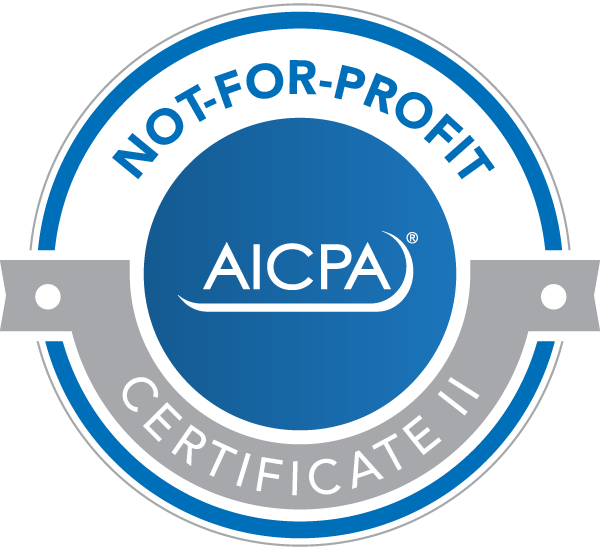Contributing to a tax-advantaged retirement plan can help you reduce taxes and save for retirement. If your employer offers a 401(k) or Roth 401(k) plan, contributing to it is a smart way to build a substantial sum of money.

If you’re not already contributing the maximum allowed, consider increasing your contribution rate. Because of tax-deferred compounding (tax-free in the case of Roth accounts), boosting contributions can have a major impact on the size of your nest egg at retirement.
With a 401(k), an employee makes an election to have a certain amount of pay deferred and contributed by an employer on his or her behalf to the plan. The contribution limit for 2020 is $19,500. Employees age 50 or older by year end are also permitted to make additional “catch-up” contributions of $6,500, for a total limit of $26,000 in 2020.
The IRS recently announced that the 401(k) contribution limits for 2021 will remain the same as for 2020.
If you contribute to a traditional 401(k)
A traditional 401(k) offers many benefits, including:
- Contributions are pretax, reducing your modified adjusted gross income (MAGI), which can also help you reduce or avoid exposure to the 3.8% net investment income tax.
- Plan assets can grow tax-deferred — meaning you pay no income tax until you take distributions.
- Your employer may match some or all of your contributions pretax.
If you already have a 401(k) plan, take a look at your contributions. Try to increase your contribution rate to get as close to the $19,500 limit (with an extra $6,500 if you’re age 50 or older) as you can afford. Keep in mind that your paycheck will be reduced by less than the dollar amount of the contribution, because the contributions are pretax — so, income tax isn’t withheld.
If you contribute to a Roth 401(k)
Employers may also include a Roth option in their 401(k) plans. If your employer offers this, you can designate some or all of your contributions as Roth contributions. While such contributions don’t reduce your current MAGI, qualified distributions will be tax-free.
Roth 401(k) contributions may be especially beneficial for higher-income earners, because they don’t have the option to contribute to a Roth IRA. Your ability to make a Roth IRA contribution for 2021 will be reduced if your adjusted gross income (AGI) in 2021 exceeds:
- $198,000 (up from $196,000 for 2020) for married joint-filing couples, or
- $125,000 (up from $124,000 for 2020) for single taxpayers.
Your ability to contribute to a Roth IRA in 2021 will be eliminated entirely if you’re a married joint filer and your 2021 AGI equals or exceeds $208,000 (up from $206,000 for 2020). The 2021 cutoff for single filers is $140,000 or more (up from $139,000 for 2020).
The best mix
Contact us if you have questions about how much to contribute or the best mix between traditional and Roth 401(k) contributions. We can discuss the tax and retirement-saving strategies in your situation.
- Evaluate whether a Health Savings Account is beneficial to you - September 19, 2023
- Investment swings: What’s the tax impact? - September 12, 2023
- Plan now for year-end gifts with the gift tax annual exclusion - September 5, 2023
- Selling your home for a big profit? Here are the tax rules - August 29, 2023
- The tax consequences of employer-provided life insurance - August 22, 2023









